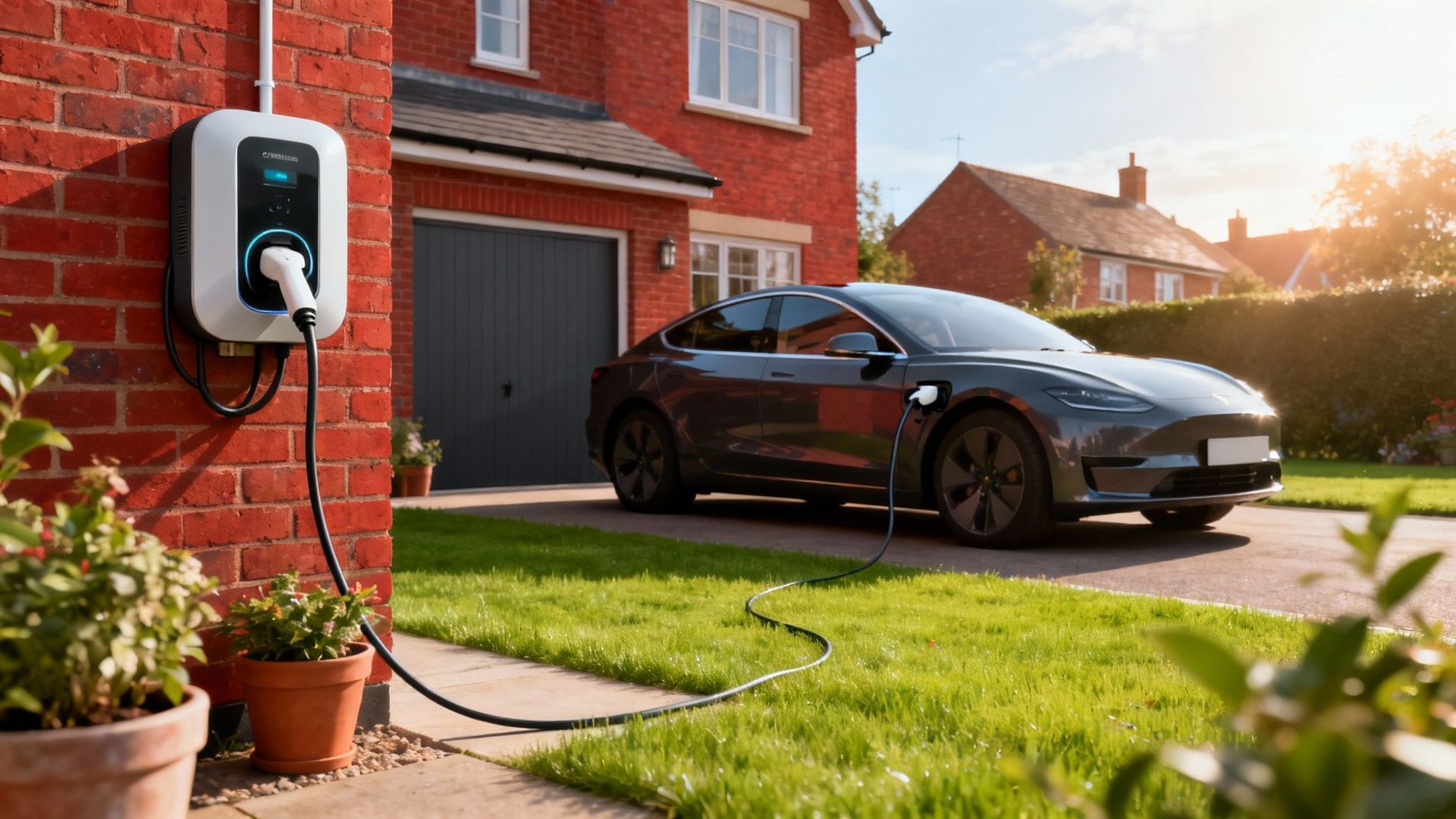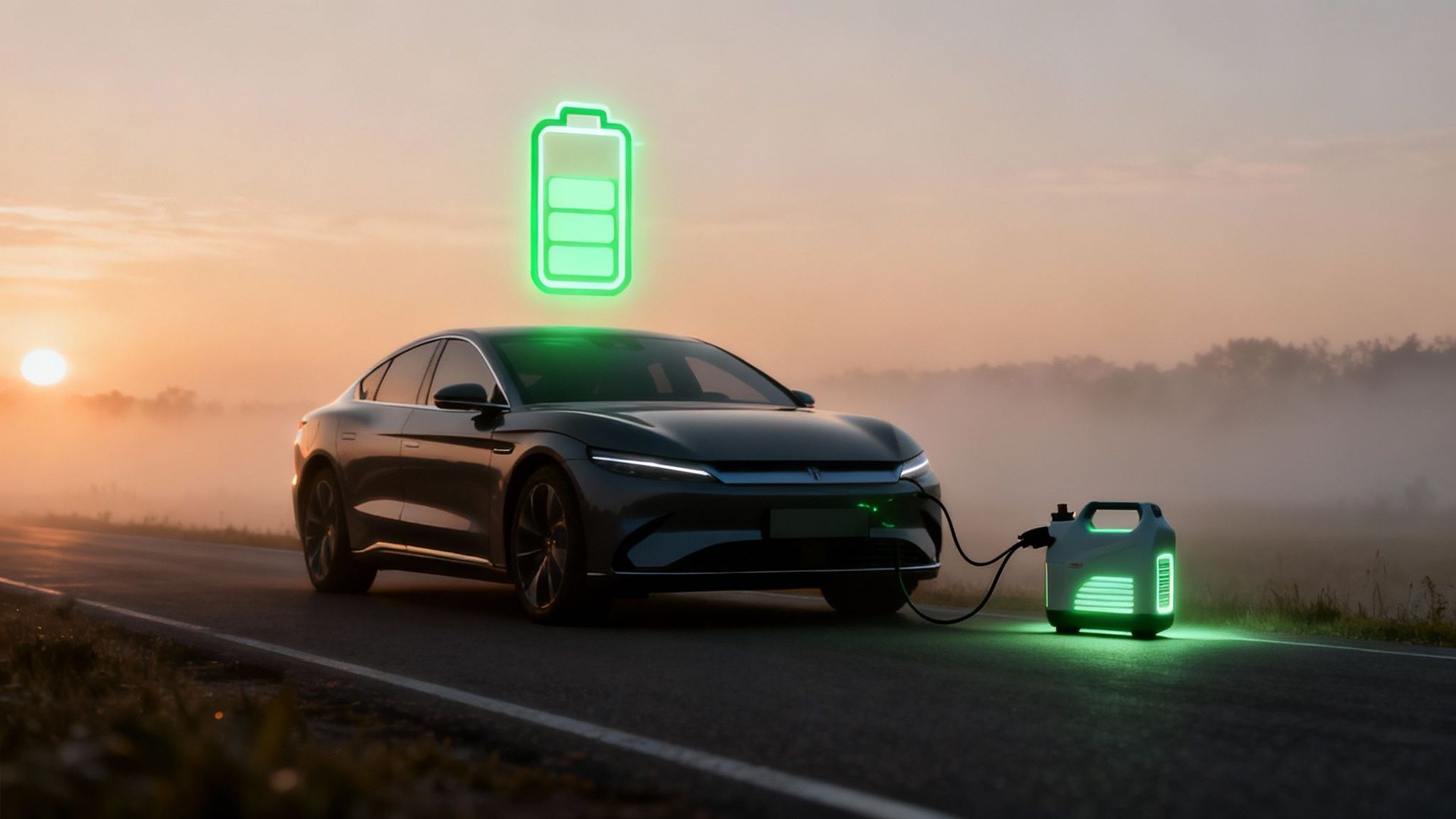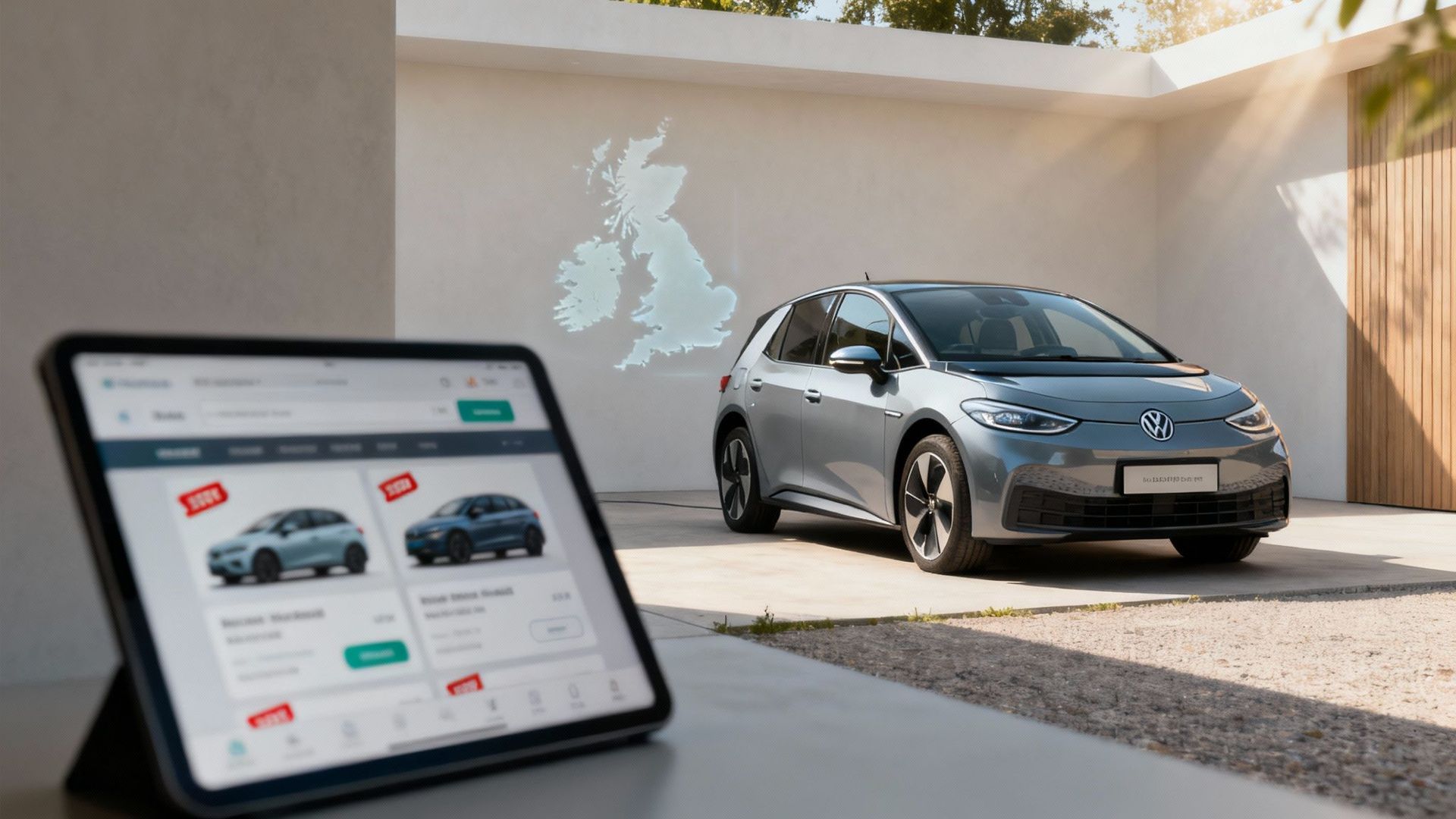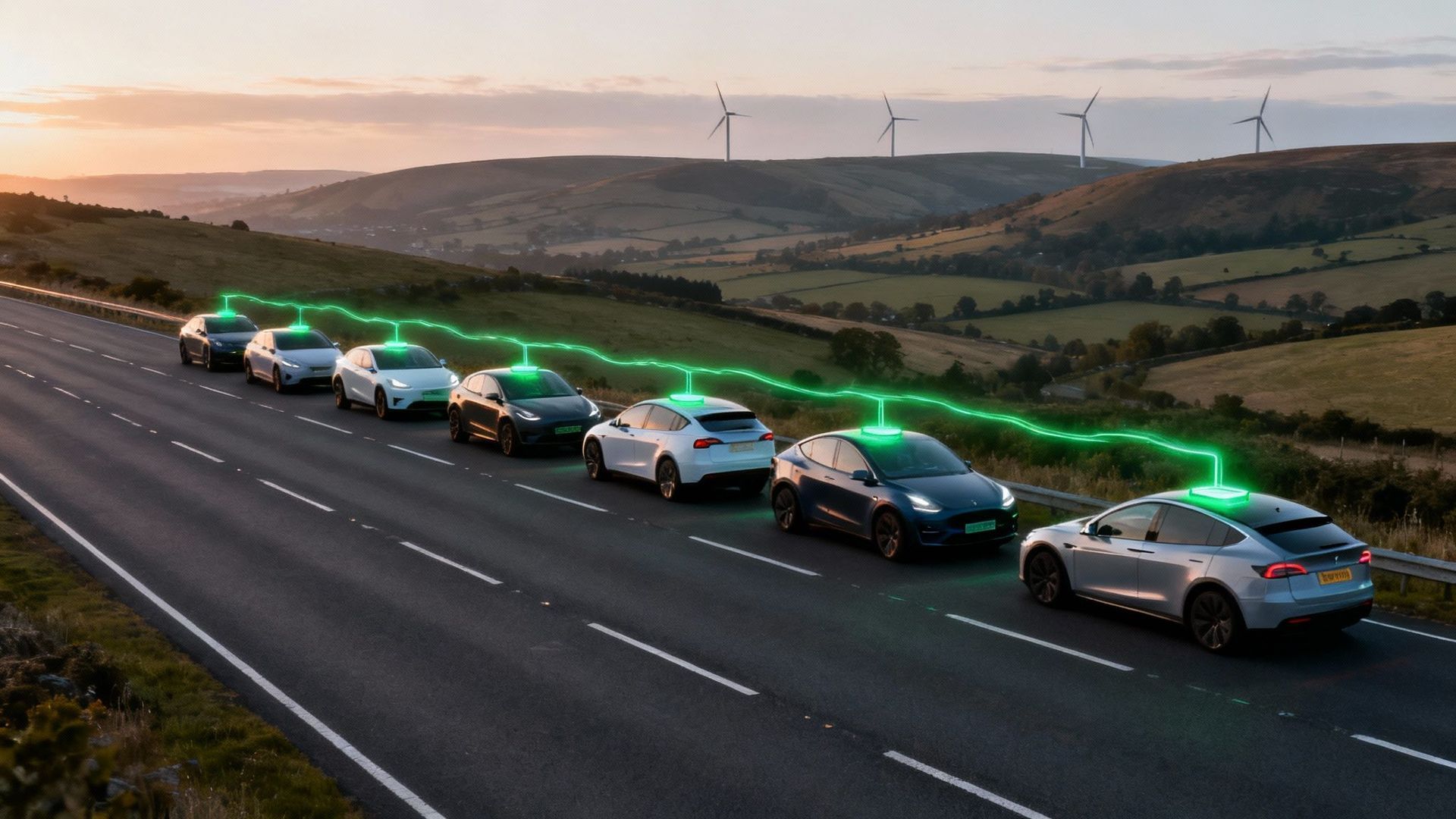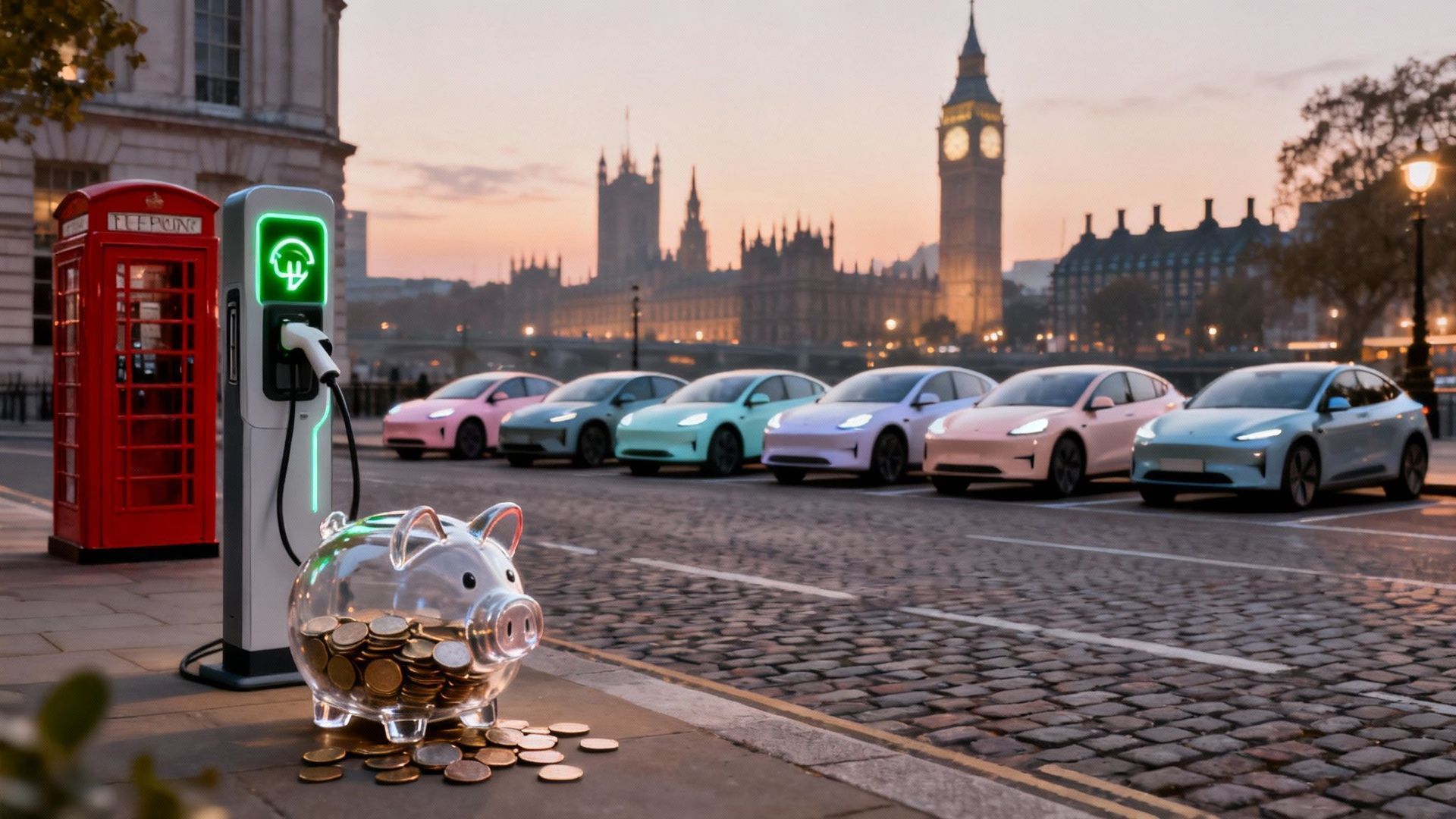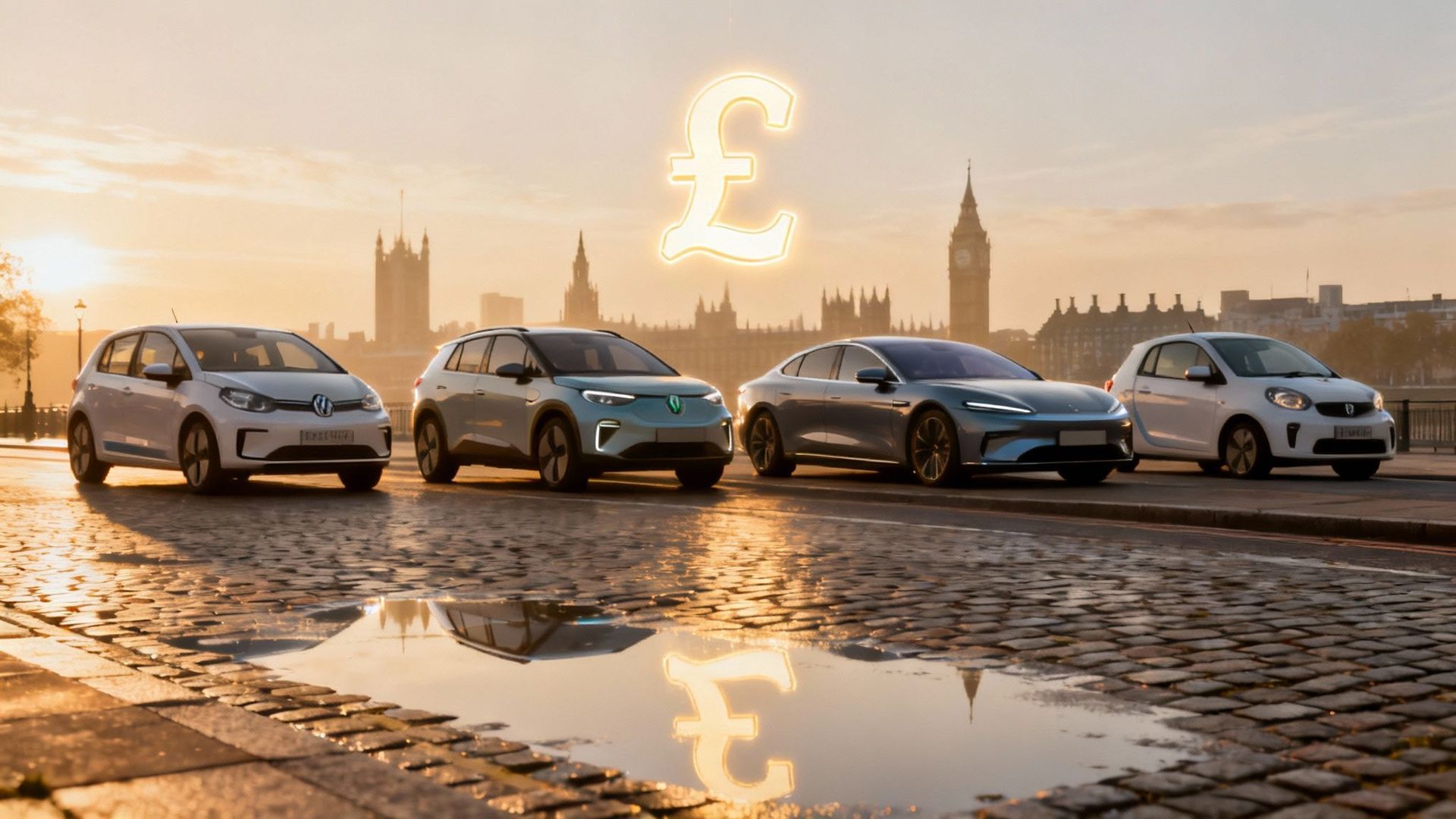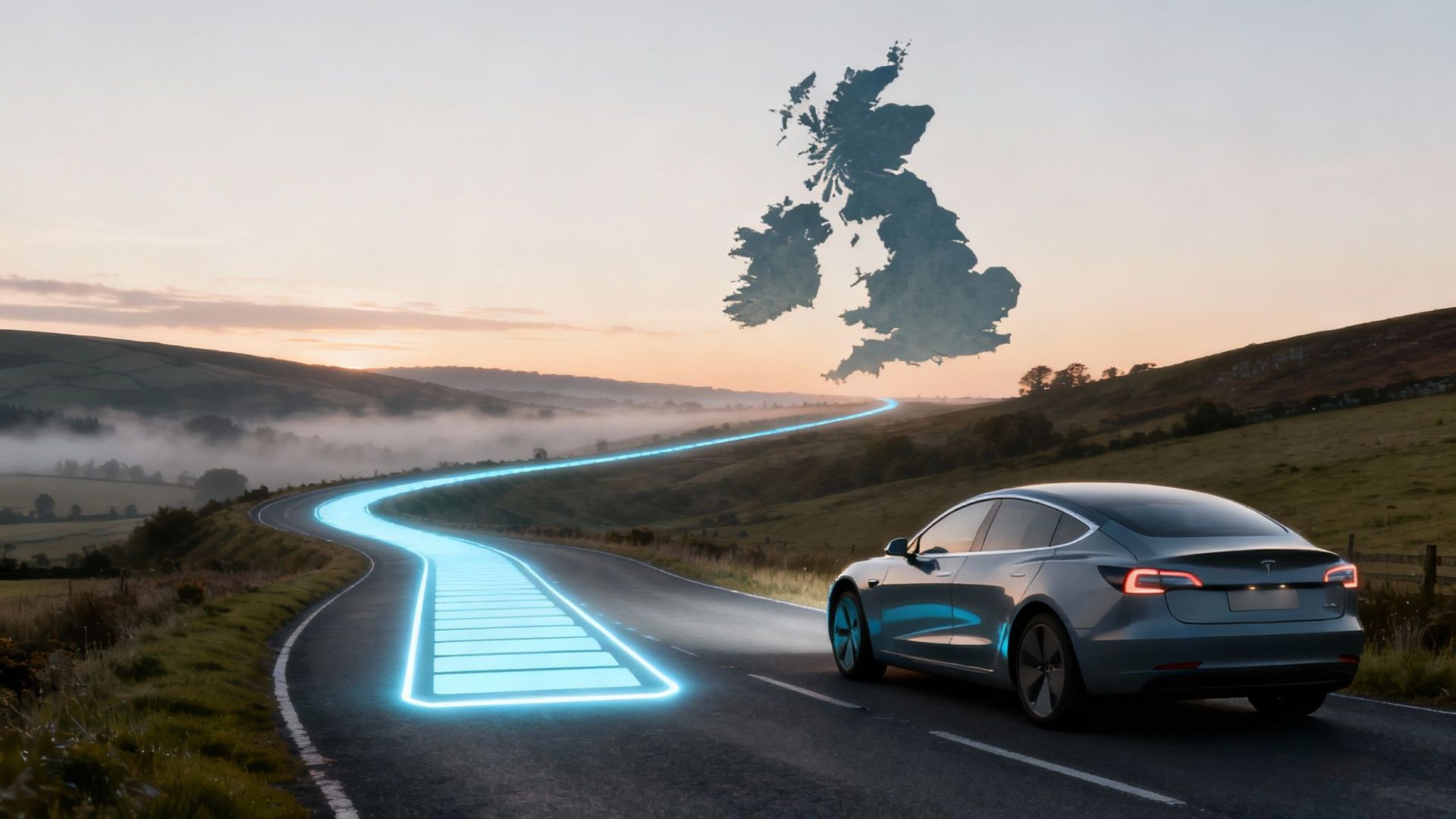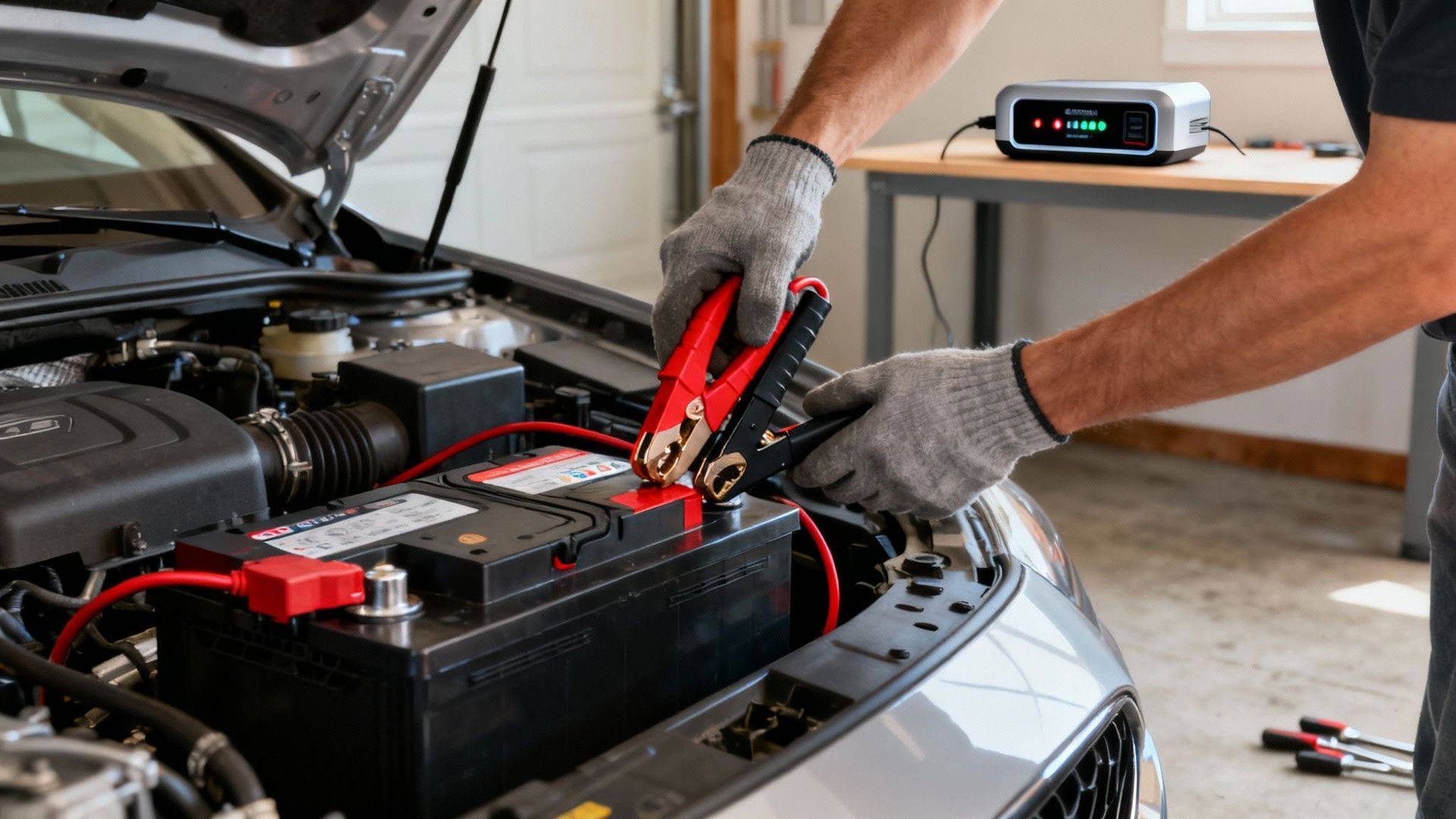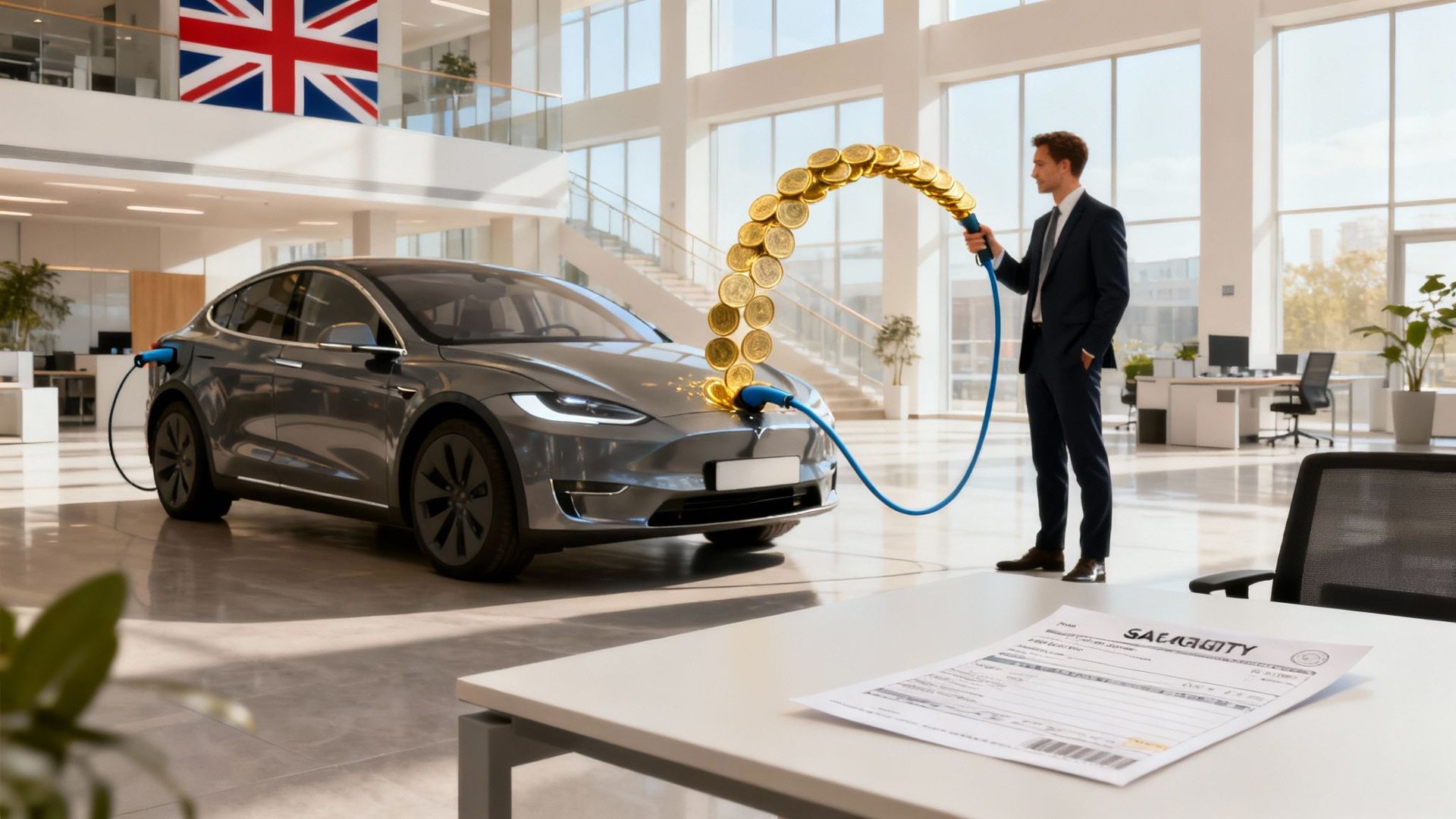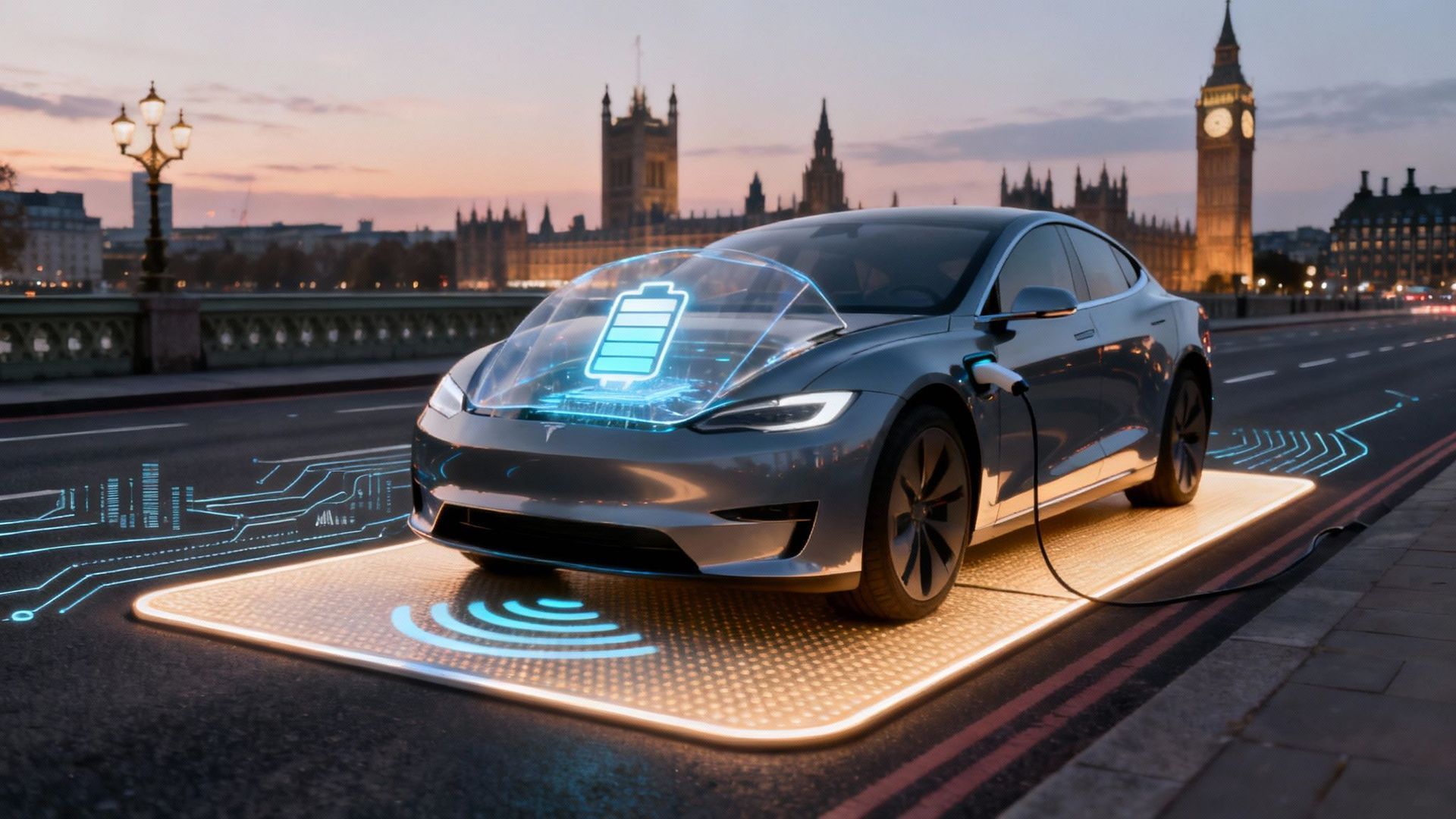The EV Charging Landscape in the UK
What drivers, businesses and policymakers need to know about the state of electric vehicle infrastructure

The Rapid Evolution of UK EV Charging Infrastructure
The transition to electric vehicles is no longer a distant ambition. Across the UK, adoption is growing rapidly, spurred by environmental policy, vehicle innovation and public demand. At the heart of this shift lies a crucial question: is the charging network ready to support it?
The UK EV charging landscape has progressed considerably in recent years. Yet challenges remain in meeting the needs of both private and commercial drivers across a variety of locations, use cases and vehicle types.
Understanding the Main Types of EV Chargers
Not all electric vehicle chargers are created equal. Understanding the differences is essential for both drivers and businesses planning fleet integration or public access provision.
- Slow Chargers
Typically offering 3 to 7 kilowatts, these are most common in residential settings. They are ideal for overnight charging at home or long dwell times at workplaces. - Fast Chargers
Usually ranging from 7 to 22 kilowatts, fast chargers are common in car parks, shopping centres and public facilities. They are suitable for topping up over several hours. - Rapid and Ultra Rapid Chargers
These deliver 50 kilowatts or more, with some now reaching 350 kilowatts. Found at service stations and along motorways, they enable high speed charging in as little as 20 to 40 minutes, depending on the vehicle.
Public versus Private Charging Provision
One of the key features of the UK EV charging landscape is its split between public and private access.
- Public Charging includes infrastructure maintained by councils, charge point operators and commercial providers. It is essential for those without access to private parking or those travelling long distances.
- Private Charging covers home units, workplace installations and depot charging for commercial fleets. It typically offers more reliability, control and lower cost.
The government has introduced schemes such as the Workplace Charging Scheme and the Electric Vehicle Homecharge Scheme to encourage wider adoption.
How the Charging Network Is Expanding
As of this year, the UK has tens of thousands of publicly accessible charge points, with rapid expansion continuing in both urban and rural areas. Several operators have committed to rolling out nationwide networks, often integrated with contactless payment systems and real time location apps.
London, for instance, has seen significant investment in kerbside and lamp post charging, while motorway networks now host rapid chargers at regular intervals. The focus is increasingly on filling infrastructure gaps and reducing access inequality between regions.
Grid Impact and Smart Charging Solutions
The growing demand for EV charging brings questions about energy supply and grid resilience. Smart charging technology is central to addressing this. It enables chargers to communicate with the grid, adjusting charge rates based on demand, energy availability and cost.
In addition, vehicle to grid systems are being trialled, allowing EVs to return stored electricity to the network during peak periods. This adds flexibility to the energy system while offering potential savings to consumers and businesses.
The Role of Standardisation and Interoperability
One of the earlier challenges in the EV charging landscape was inconsistency across providers. Different connector types, access methods and payment platforms caused frustration among users.
Today, there is a concerted effort towards standardisation. Most new public chargers support Type 2 and CCS connectors, and many now offer contactless payment as standard. Interoperability across networks is also improving, supported by roaming agreements between major providers.
Barriers to Access and Remaining Challenges
Despite rapid progress, several issues still require attention:
- Rural Accessibility: While cities are well served, many rural communities still lack reliable public charging
- On Street Charging: For drivers without private driveways, access to local charging remains a concern
- Maintenance and Reliability: Downtime, faulty units and limited availability at busy times continue to frustrate users
- Equity and Inclusion: Not all areas receive equal investment, and certain demographics are at risk of being excluded from EV benefits
Addressing these challenges requires a coordinated approach between local authorities, energy providers, charge point operators and government regulators.
What the Future Holds for EV Charging in the UK
The future of the UK charging landscape is likely to be defined by a few key trends:
- Integration with Renewable Energy: Solar powered chargers and green energy tariffs are becoming more widespread
- Faster Charging Times: Advances in battery chemistry and charger capacity will reduce waiting times and make electric travel more convenient
- Wider Adoption of Smart Networks: Charging points will increasingly form part of a connected ecosystem, adapting to energy availability and user needs
- Expansion of Charging in High Density Areas: Solutions such as shared charging hubs and mobile charging services will emerge to meet demand in densely populated locations
Conclusion
The UK electric vehicle charging network has moved from early stage rollout to rapid expansion, with improved technology, better reliability and growing coverage. While gaps remain, particularly in rural areas and on street access, the overall trajectory is positive. Understanding the current EV charging landscape is essential for consumers, fleet operators and policymakers who aim to navigate the shift to electric transport confidently and effectively.


